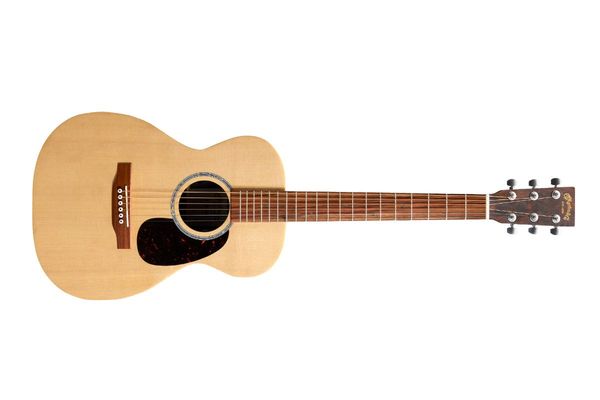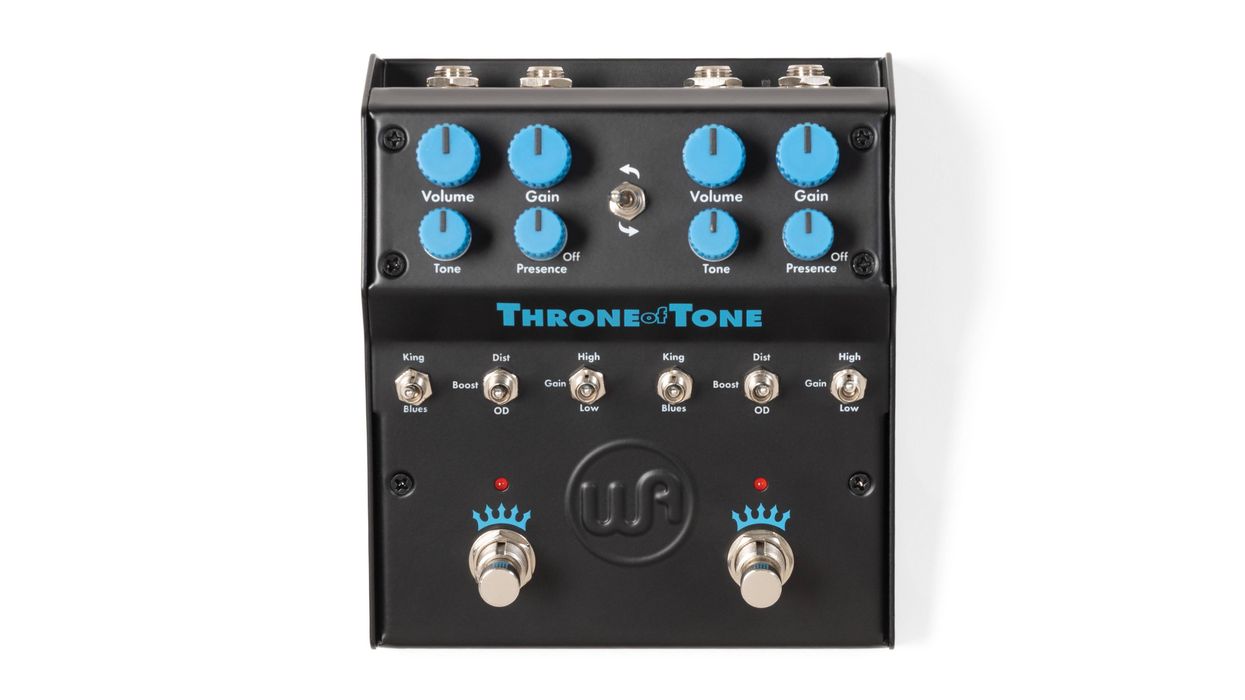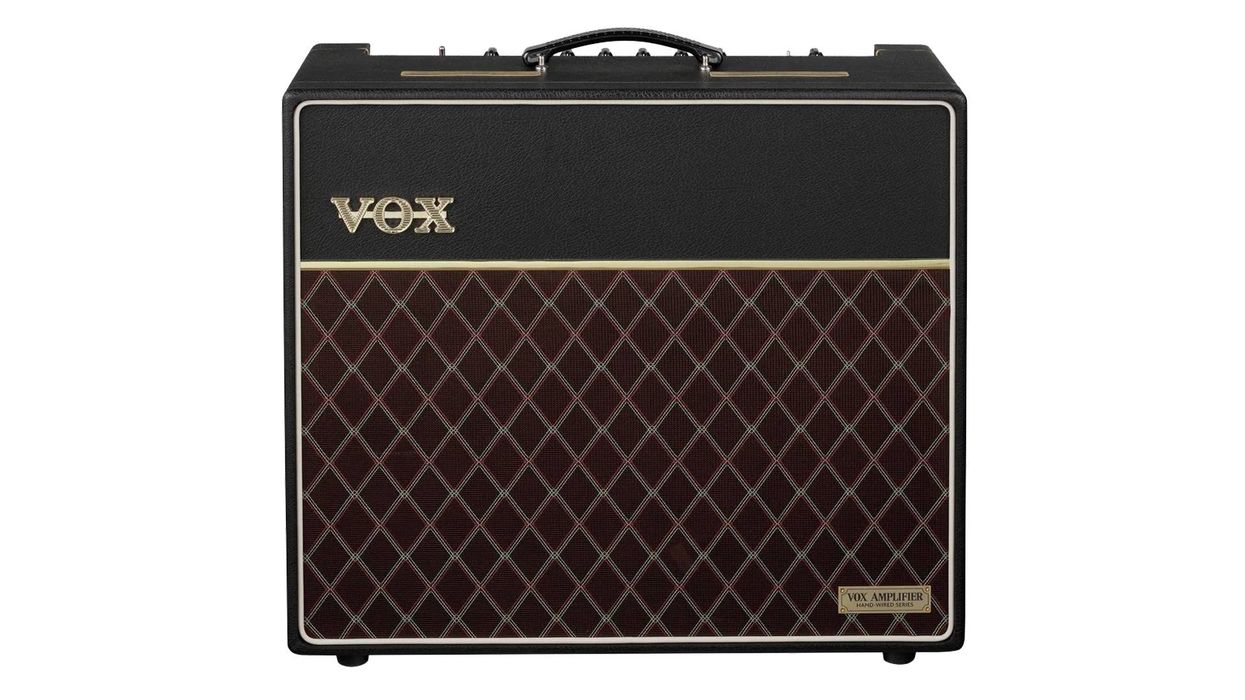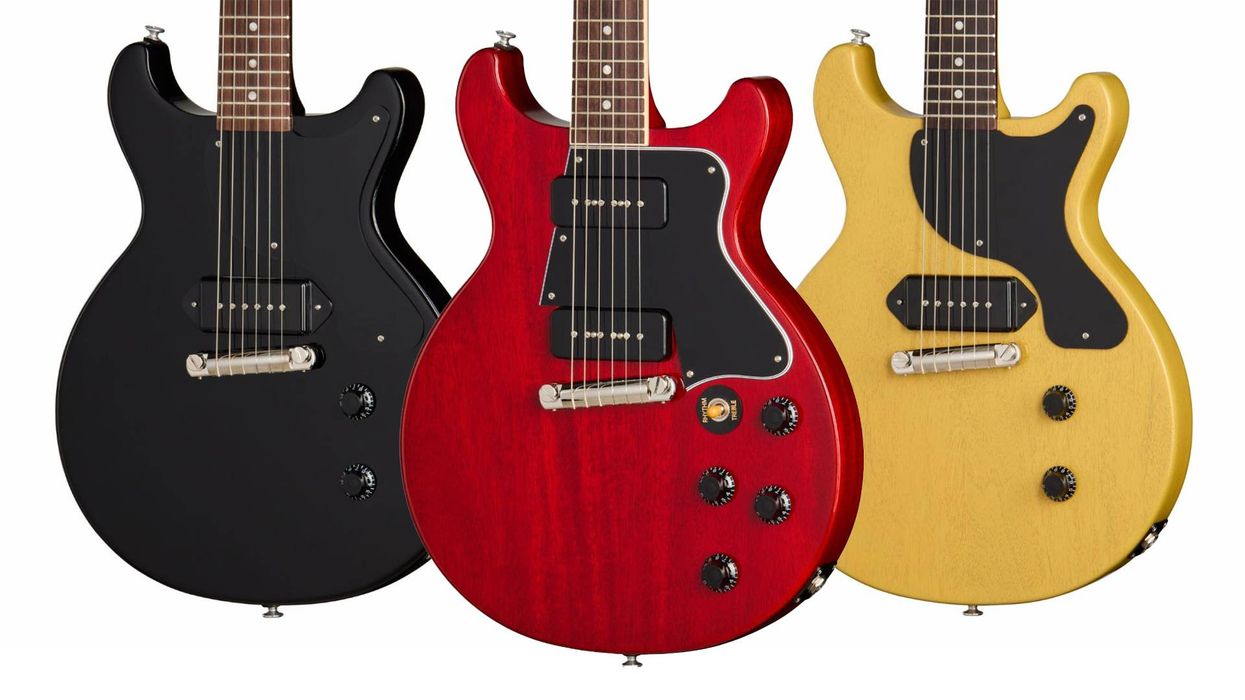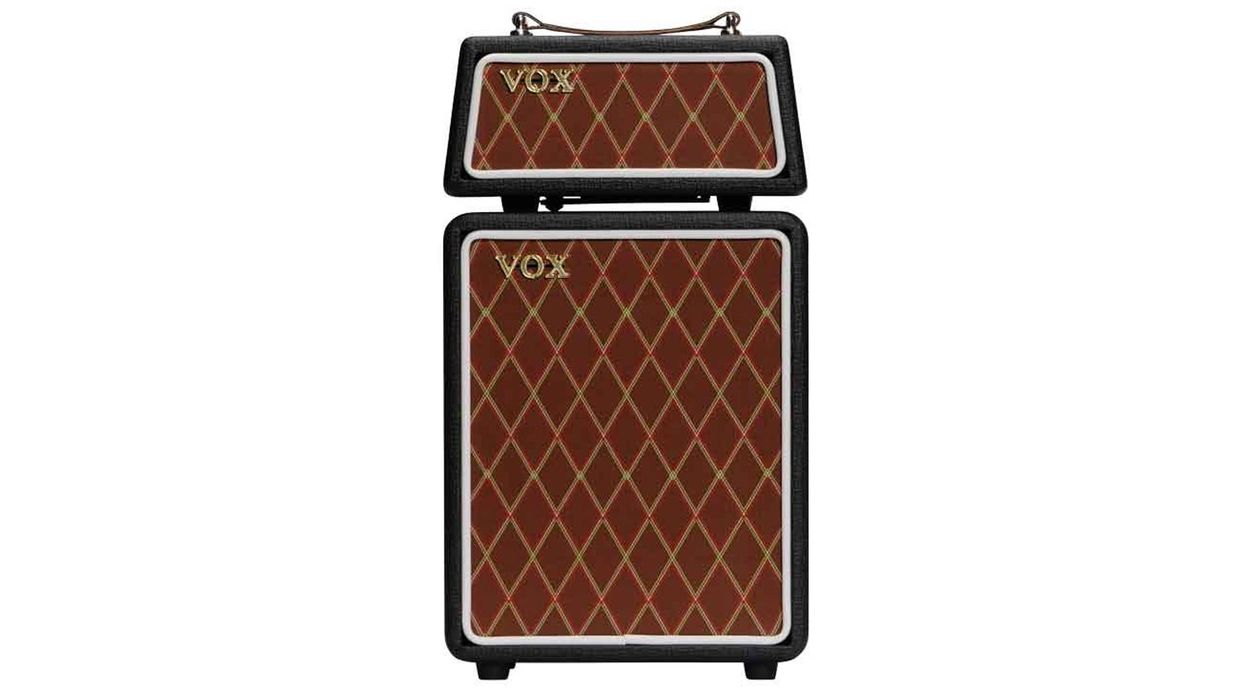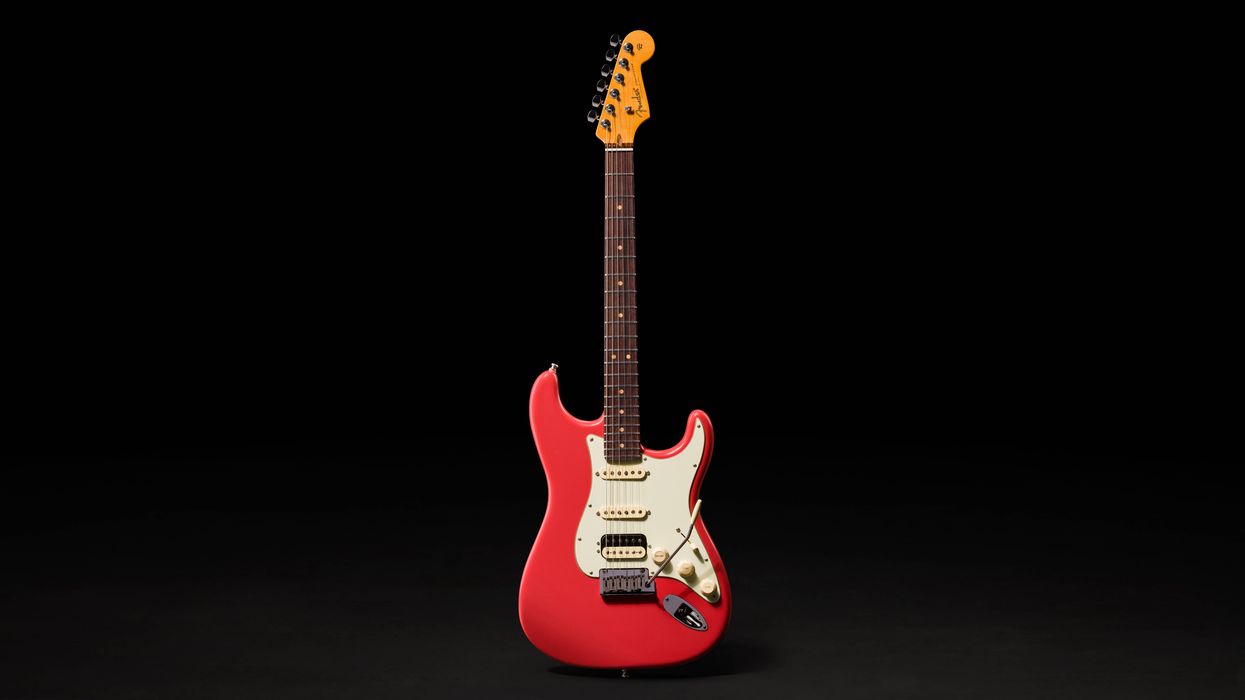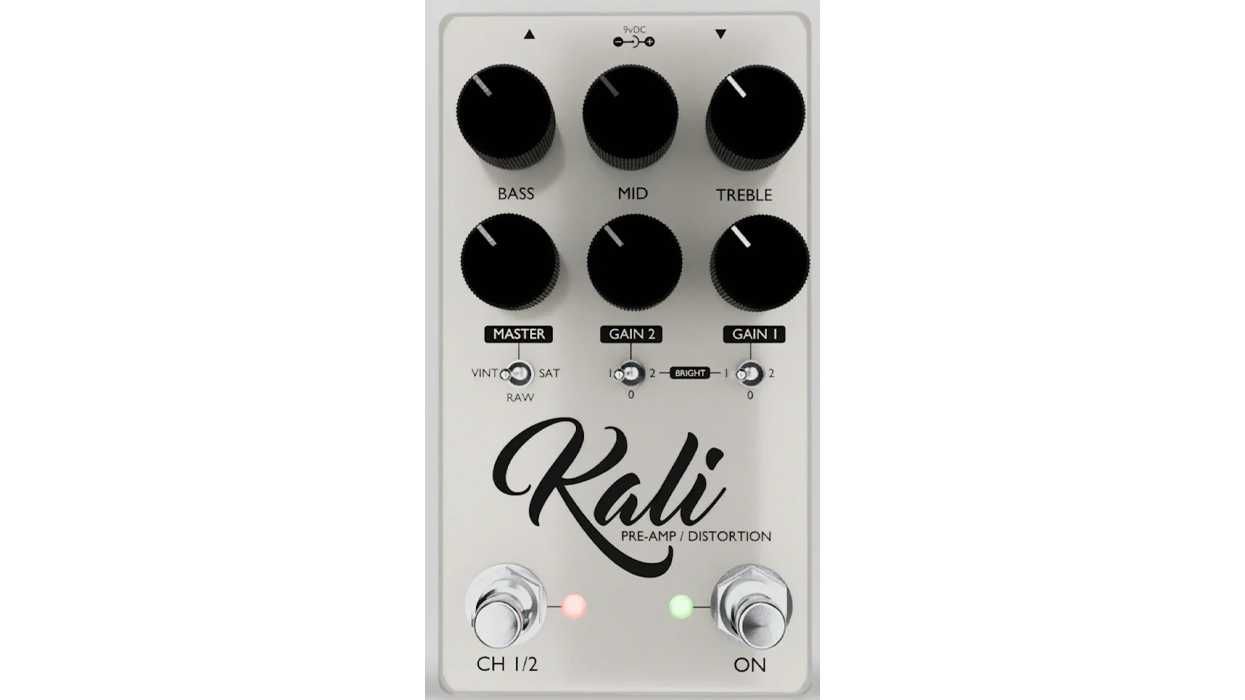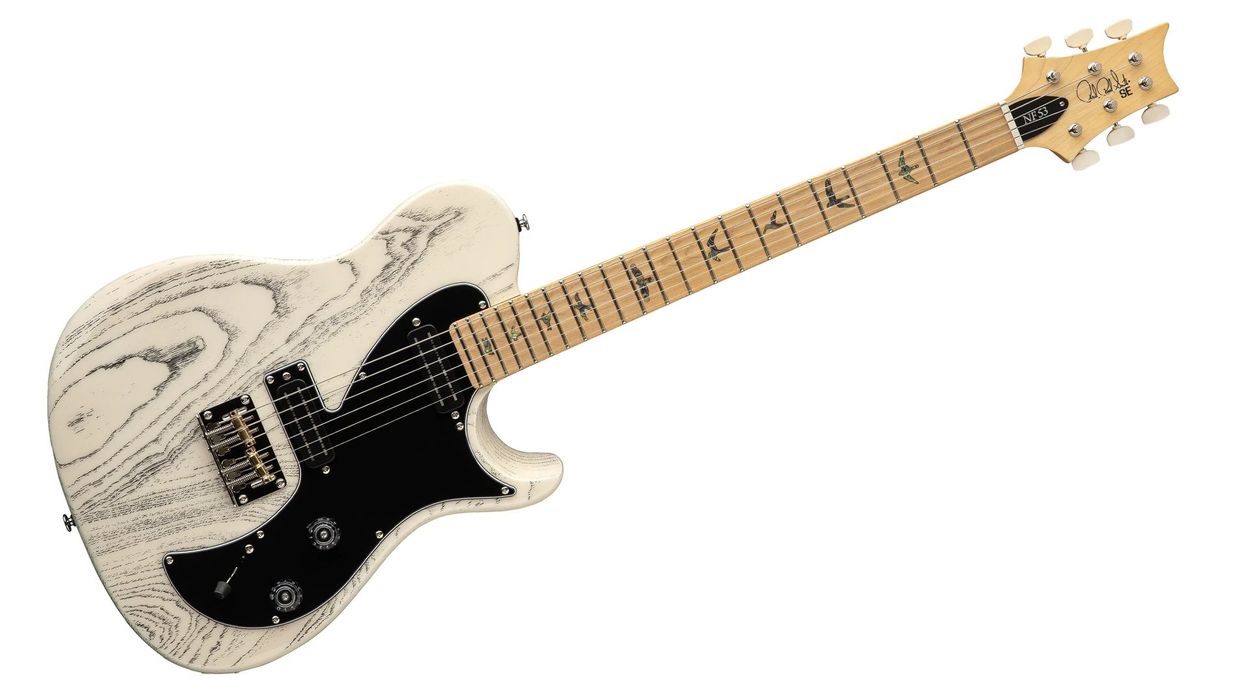Embracing the idea of an acoustic flattop made with anything other than wood can, understandably, be tricky stuff. There’s a lot of precedent for excellent-sounding acoustics built with alternative materials, though. Carbon-fiber flattops can sound amazing and I’ve been hooked by the sound and playability of Ovation and Adamas instruments many times.
High-pressure laminate, which is paper and resin pressed and covered by the image of wood grain, is another widely used alternative material. It certainly doesn’t sound glamorous. But as a construction material, it’s consistent and enables guitar companies to build more affordable instruments. It also minimizes the cost to the Earth’s forests—particularly where exotic hardwoods are concerned.
On the Mexico-made $699 Martin 0-X2E, the HPL back-and-sides are newly styled to look like cocobolo. But the big news is that the 0-X2E body uses a solid spruce top in place of the HPL tops on previous 0-X models. I can’t say I’ve been over the moon for most HPL- guitars I’ve played. But most of those have been dreadnoughts and didn’t have wood tops. Spending time with the 0-X2E made me a lot more enthusiastic about HPL as a back and sides material. It also made me wonder if a small-bodied guitar like a Martin 0 is better suited for the material. It sounded lively and felt fast, fun, and comfortable
Hybrid Evolution
The 0-X2E’s satin spruce top makes the guitar sound much cooler, but it also looks organic, understated, and pretty. That’s a good thing because the HPL representation of cocobolo looks pretty plasticky up close. Real cocobolo backs can be aesthetically polarizing, even in their most expensive incarnations. But the complexity, depth, and contrast of the real thing is rendered very two-dimensional here.
The “select hardwood” neck, bridge, and fretboard look a lot like sapele on our review guitar, but could also be utile or cedar, depending on what Martin has on hand in quantity at the time of manufacture. Like the spruce top, they lend a businesslike but pretty simplicity to the already lovely proportions of the 0-sized body. The guitar is conventionally braced on the back (should the use of HPL leave anyone wondering), uses scalloped X braces on the top, and save for the first and second frets, which could stand a little more shaping at the edges, fit and finish are very nice.Get with the Compact Act
While this may not be a universal sentiment, it would be hard to find a flattop body profile more comfortable than a Martin 0. It’s easy to imagine players that primarily play electric gravitating to the 0-X2E’s diminutive dimensions. But it’s also the kind of guitar that makes most playing—and fingerstyle in particular—a lot less fatiguing. Spending long hours working on technique or songwriting is a lot more effortless and inviting. The 0-X2E is a nice player, too, and would qualify as such in a higher price category. Fingerstylists will also enjoy the wider string spacing afforded by the 1 3/4" nut width.
“It’s easy to imagine players that primarily play electric gravitating to its diminutive dimensions.”
Sonically speaking, the 0-X2E is heavy on the midrange, and there are some bright overtones that verge on strident when you strum hard. That said, the guitar never sounds like it’s swimming in a mud of sloppy overtones. String-to-string volume is pretty even and it makes the guitar feel balanced, dynamic in terms of quiet-to-loud range, and detailed at the bass and treble side of the spectrum. And while the 0-X2E is not what the average player would call rich with bass, the 6th string has ample resonance, which underscores the guitar’s surprising and pleasing sustain. That encourages more spacious phrasing (if you’re into that sort of thing) and makes the 0-X2E a cool vehicle for lower alternate tunings.
The Verdict
Martin’s 0-sized, X-series guitars have, to date, each cost around 500 bucks. Is the spruce top, hardwood neck, fretboard, and bridge worth the extra $200? In a purely sonic sense, I would say yes. The 0-X2E has real character and is a pleasure to play. Plus, you get a pretty nice electronics package in the form of the Martin E1, a system that includes a tone control and a very convenient and clever tuner with a readout mounted inconspicuously just inside the soundhole, with an easy-to-read display that faces up toward the player.
There are a number of small guitar alternatives in the affordable sphere. Many of these are “mini” guitars of one kind or another, or inexpensive parlors. There aren’t a lot of inexpensive 0-bodied guitars out there in the strictest sense, though, and even solid-wood versions made in Asia often push past the $1K mark. It’s hard to match the elegant proportions and tone magic that happens in a Martin 0-body, and the 0-X2E serves up a fair bit of that. Whether you’re willing to pay almost 700 bucks for an 0-bodied instrument with a back that looks less-than-authentically wood-like will be a very personal aesthetic decision. But if you let your ears be the guide, the snappy, super-playable, and ultra-comfortable 0-X2E may well surprise.
